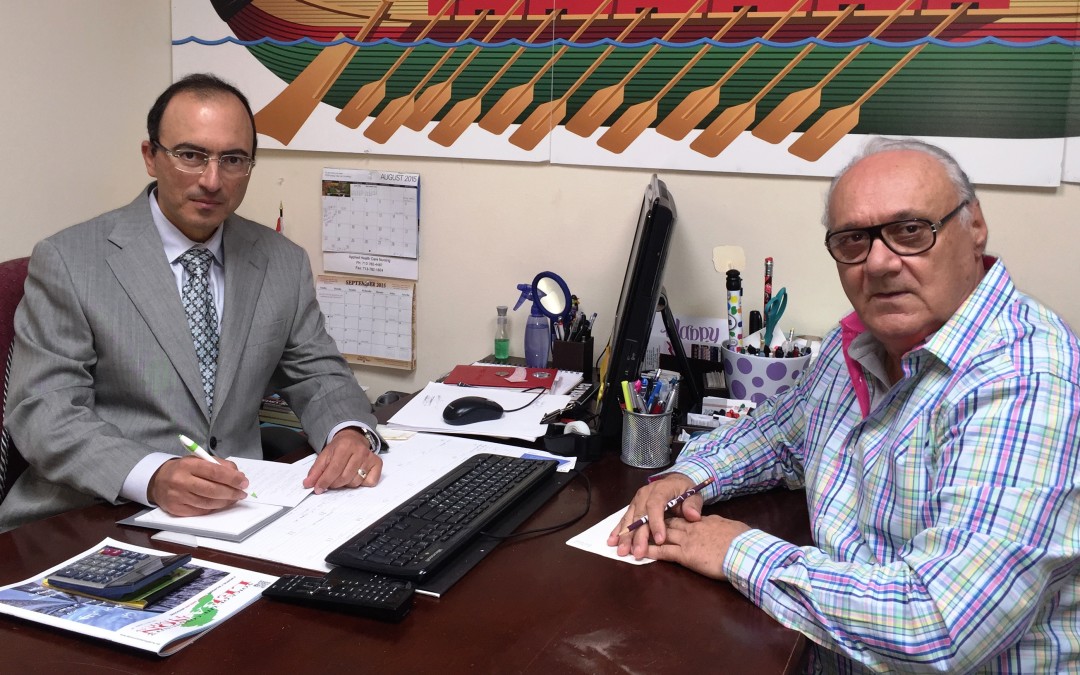Dear Dr. Nassar, on March 12, 2015, a world kidney day was announced. Can you explain to us what is “World Kidney Day”?
In a concise answer: A “World Kidney Day” is an annual world-wide campaign intended to promote public awareness of kidney disease, promote habits conducive to good kidney health, highlight programs and resources for patients with kidney disease, and solicit support for such programs.
Who organizes the World Kidney Day?
A total of 66 countries started celebrating “World Kidney Day” in 2006, but now 88 countries celebrate it. It is led and celebrated by a variety of local, national and international organizations from a multitude of countries.
Are there any specific messages to the public on World Kidney Day?
Yes, and some of the messages have been: “Protect your kidneys: Control diabetes”, “Protect your kidneys: Keep your pressure down”, “Protect your kidneys: Save your heart”, and “Donate Kidneys”.
How common is kidney disease in the US?
Nabil, it is more common than what the general public appreciates. About 5 million individuals have advanced kidney disease in the US, and of these, about 500,000 are on dialysis. The reason that it is common is largely because of the epidemics of obesity and diabetes that the US is going through. Add to that a high prevalence of hypertension that worsens the progression of kidney disease. Due to advances in treatment of infectious and cardiovascular disease, the population life expectancy has increased, and with aging of the population, kidney disease becomes more prevalent.
How common is kidney disease in the world?
Kidney disease is also common in the rest of the world. It is estimated that 10% of the population worldwide have at least some degree of kidney disease. In 2010, kidney disease ranked 18th in the list of causes of death worldwide. Over 2 million people are on dialysis, or have received a kidney transplant. Unfortunately, care for advanced kidney disease is very poor in many of the developing countries. Hence many die of kidney disease without receiving any specific care.
What should one do to decrease one’s risk of kidney disease?
Healthy life style sums most of it up. Specifically it means improve eating habits to avoid weight gain, and to avoid high salt intake, high carbohydrate loads, illegal drugs, and smoking.
One should also recognize hypertension,
diabetes, and high cholesterol as early as possible and manage them properly through the assistance of a physician. One should also be cautious with excessive intake of “over the counter” anti-inflammatory drugs.
Does Kidney Disease give any symptoms?
For the most part, reduction of kidney function does not cause symptoms until it is very advanced. Hence it is always advised to check on kidney health by blood and urine testing to detect problems at earlier stages of disease. Having said that, symptoms of advanced kidney disease may begin when more than 70% of kidney function is lost. Some symptoms relate to swollen ankles, fatigue, low appetite, and difficulty concentrating. When untreated, symptoms worsen to include rise in blood pressure, headache, vomiting, weight loss, bad breath, sleepiness, and seizures.
It is interesting that you did not mention pain among the symptoms of kidney disease. Can you expand on that?
Loss of kidney function is usually painless in the far majority of patients. Urinary infections and kidney stones usually cause pain, but if properly treated, these are uncommon causes of permanent loss of kidney function. Most aching pains in the lower back are muscular and skeletal in origin. However, there are some exceptions. For example, a cystic condition named “Polycystic Kidney Disease” (PKD), causes about 10% of End Stage Kidney Disease in the US, and can lead to flank pain when the cysts bleed or get inflamed. There are certain uncommon inflammatory conditions that may induce flank pain due to acute kidney swelling. An acute embolus (blood clot) to the kidney can induce pain and loss of kidney function. Finally, advanced primary or metastatic kidney cancer is likely to induce pain. Thus, it is always advised to consult with a physician when flank pains are experienced.
What foundations or societies have resources for public education about kidney health and disease in the US?
Among the leading organizations are the National Kidney Foundation (kidney.org), International Society of Nephrology (theisn.org), American Kidney Fund (kidneyfund.org), American Association of Kidney Patients (aakp.org), Polycystic Kidney Disease Foundation (pkdcure.org), American Diabetes Association (diabetes.org), American Society of Hypertension (ash-us.org), and Centers for Disease Control (cdc.gov).
Dr. Nassar, I recall you were involved in the National Kidney Foundation (NKF) Chapter in Houston. Can you tell us more about that?
Yes Nabil, thanks for asking. I was the chairman of the NKF medical executive committee between 2009 and 2013 and during that time, I led several community-based kidney disease screening events, and gave many evening lectures to the public and those with kidney disease. In addition, I supported all other NKF activities, such as the Patient Educational Symposium and the Houston Kidney Walk.
What kinds of activities does the NKF organize in the state of Texas?
Some of these include (1) Kidney Walks in Houston, Dallas, Austin, and San Antonio, (2) Kick Out Kidney Disease Luncheon in Houston, (3) Kidney Health Screening and Evaluation Programs which were held this year in Dallas and Fort Worth, (4) Patient Education Symposium in Houston and several other cities in Texas, (5) Professional Symposium in Houston, (6) Golf Tournaments, and (7) Children’s week-long Camp at Camp John Marc in Meridian, Texas.

